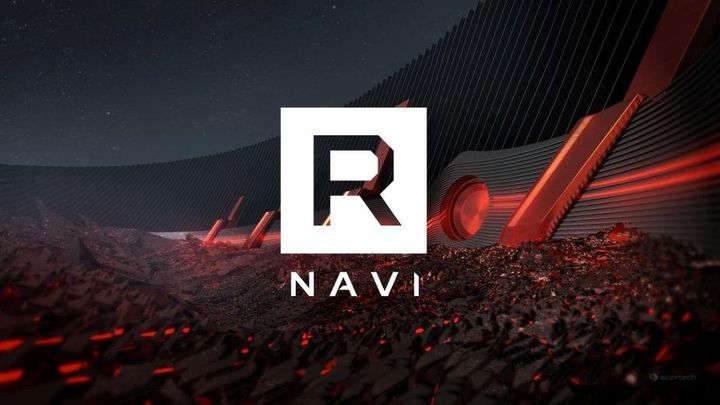AMD is Working on Fast Navi GPU With Ray-tracing
The head of AMD, Dr. Lisa Su, gave an interview to the journalists of AnandTech. During the conversation, a thread of AMD's ray-tracing GPU appeared. The company is working on a new, powerful graphics card supporting this technology, which should appear on the market later this year.

In an interview with AnandTech, AMD's CEO Dr. Lisa Su officially confirmed that her company is working on a new, powerful Navi family graphics card that will support ray-tracing technology. The company believes that real-time RT is the future, but is also aware that the solution is still at an early stage of development (which is in line with earlier, skeptical claims).
"I’ve said in the past that ray tracing is important, and I still believe that, but if you look at where we are today it is still very early. We are investing heavily in ray tracing and investing heavily in the ecosystem around it – both of our console partners have also said that they are using ray tracing. You should expect that our discrete graphics as we go through 2020 will also have ray tracing. I do believe though it is still very early, and the ecosystem needs to develop. We need more games and more software and more applications to take advantage of it. At AMD, we feel very good about our position on ray tracing," Dr. Su.
Until now, ray-tracing has only been offered by Nvidia chipsets, but AMD's interest in this subject is no secret, according to numerous reports, for example, AMD's GPUs used in next-gen consoles are to have this feature. Also rumors about graphic cards for PCs suggested that the company did not intend to submit to Nvidia when it comes to ray-tracing.
The said new design from AMD is expected to debut later this year. It looks like it's going to be a very hot time on the GPU market. Wonder if the new Navi will be able to compete with latest chipsets from Nvidi, which according to recent reports are expected to provide very impressive performance gains combined with high energy efficiency.
0
Latest News
- „They're a bit outdated.” Baldur's Gate 3 director warns those who want to „prepare” for Divinity by playing older installments
- „It's an unimaginable loss.” Gaming industry reacts to the death of Vince Zampella, one of the fathers of modern first-person shooters
- Fallout 3 was described as „Oblivion with guns” and the studio decided to bet on this instead of fighting it
- 2 historic Fallout games available on Amazon Prime Gaming
- Sony is alarming players with an idea that seems to be taken straight from Black Mirror. It's about censoring video games in real time

